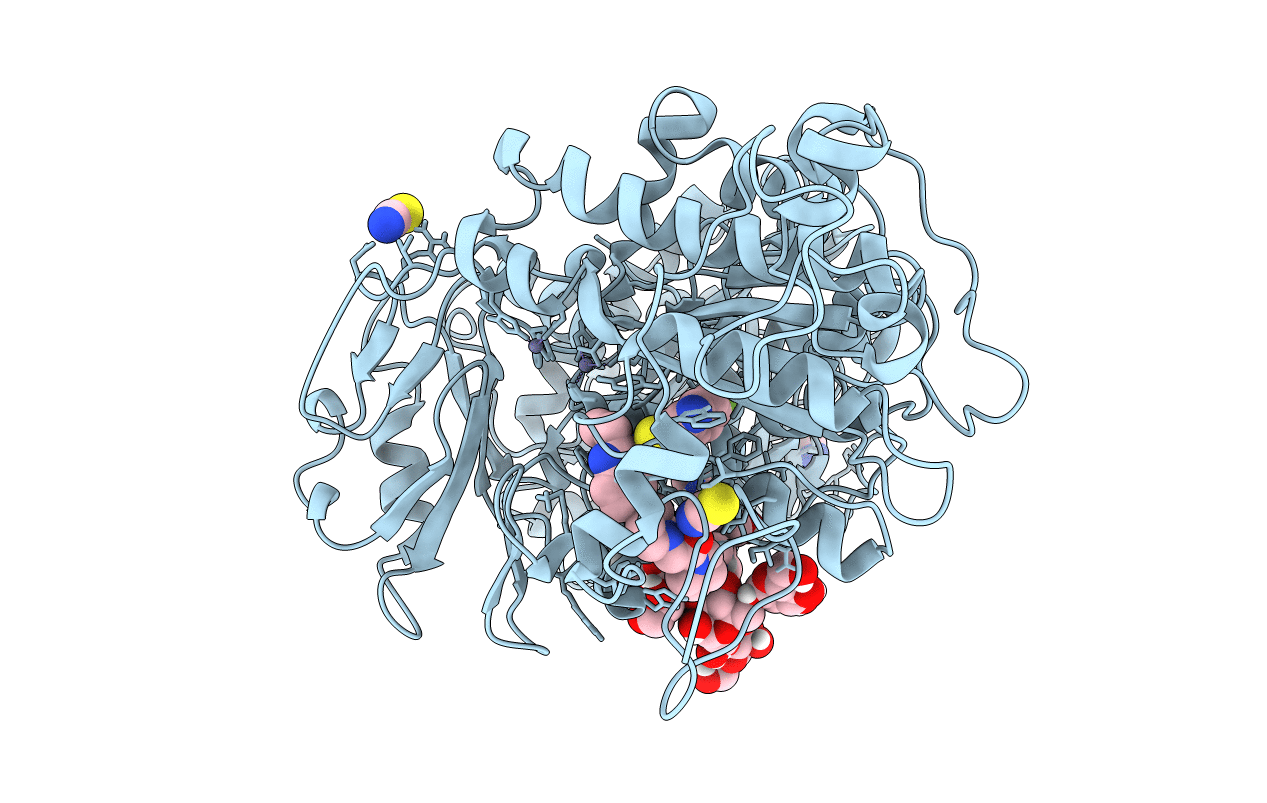
Deposition Date
2021-06-29
Release Date
2022-07-13
Last Version Date
2024-10-16
Entry Detail
PDB ID:
7P0K
Keywords:
Title:
Crystal structure of Autotaxin (ENPP2) with 18F-labeled positron emission tomography ligand
Biological Source:
Source Organism:
Rattus norvegicus (Taxon ID: 10116)
Host Organism:
Method Details:
Experimental Method:
Resolution:
2.20 Å
R-Value Free:
0.27
R-Value Work:
0.21
Space Group:
P 21 21 21


